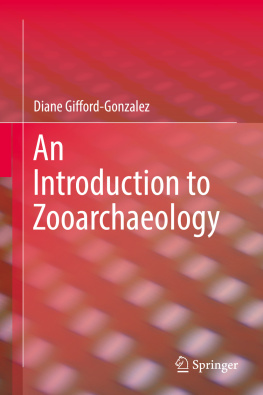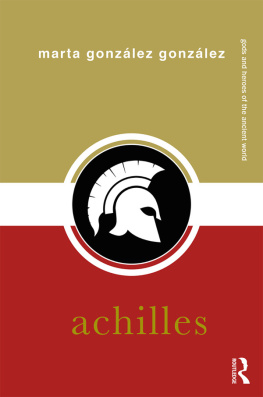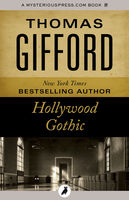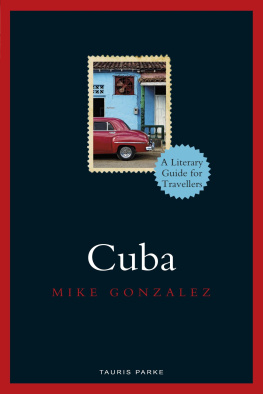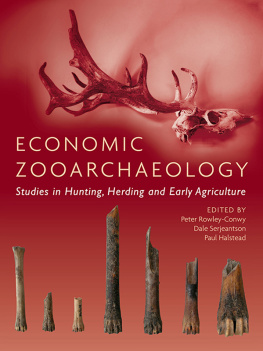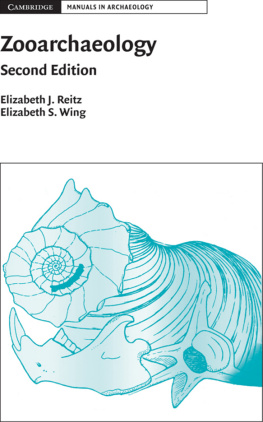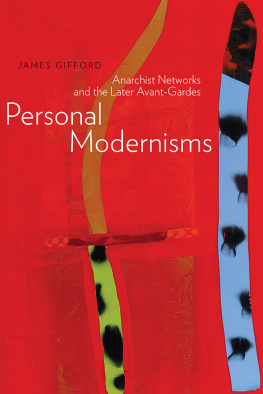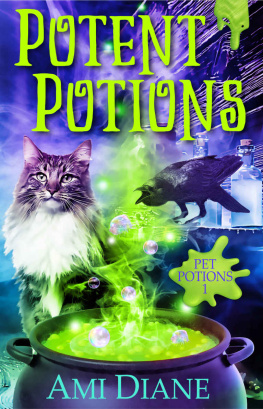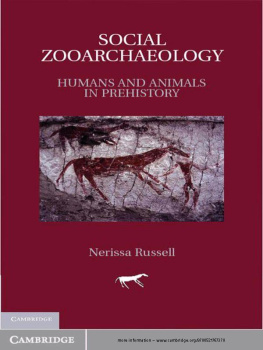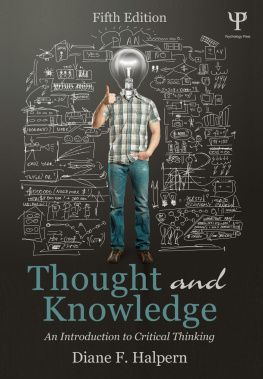Diane Gifford-Gonzalez - An Introduction to Zooarchaeology
Here you can read online Diane Gifford-Gonzalez - An Introduction to Zooarchaeology full text of the book (entire story) in english for free. Download pdf and epub, get meaning, cover and reviews about this ebook. year: 0, publisher: Springer International Publishing, genre: Romance novel. Description of the work, (preface) as well as reviews are available. Best literature library LitArk.com created for fans of good reading and offers a wide selection of genres:
Romance novel
Science fiction
Adventure
Detective
Science
History
Home and family
Prose
Art
Politics
Computer
Non-fiction
Religion
Business
Children
Humor
Choose a favorite category and find really read worthwhile books. Enjoy immersion in the world of imagination, feel the emotions of the characters or learn something new for yourself, make an fascinating discovery.
- Book:An Introduction to Zooarchaeology
- Author:
- Publisher:Springer International Publishing
- Genre:
- Year:0
- Rating:5 / 5
- Favourites:Add to favourites
- Your mark:
- 100
- 1
- 2
- 3
- 4
- 5
An Introduction to Zooarchaeology: summary, description and annotation
We offer to read an annotation, description, summary or preface (depends on what the author of the book "An Introduction to Zooarchaeology" wrote himself). If you haven't found the necessary information about the book — write in the comments, we will try to find it.
An Introduction to Zooarchaeology — read online for free the complete book (whole text) full work
Below is the text of the book, divided by pages. System saving the place of the last page read, allows you to conveniently read the book "An Introduction to Zooarchaeology" online for free, without having to search again every time where you left off. Put a bookmark, and you can go to the page where you finished reading at any time.
Font size:
Interval:
Bookmark:
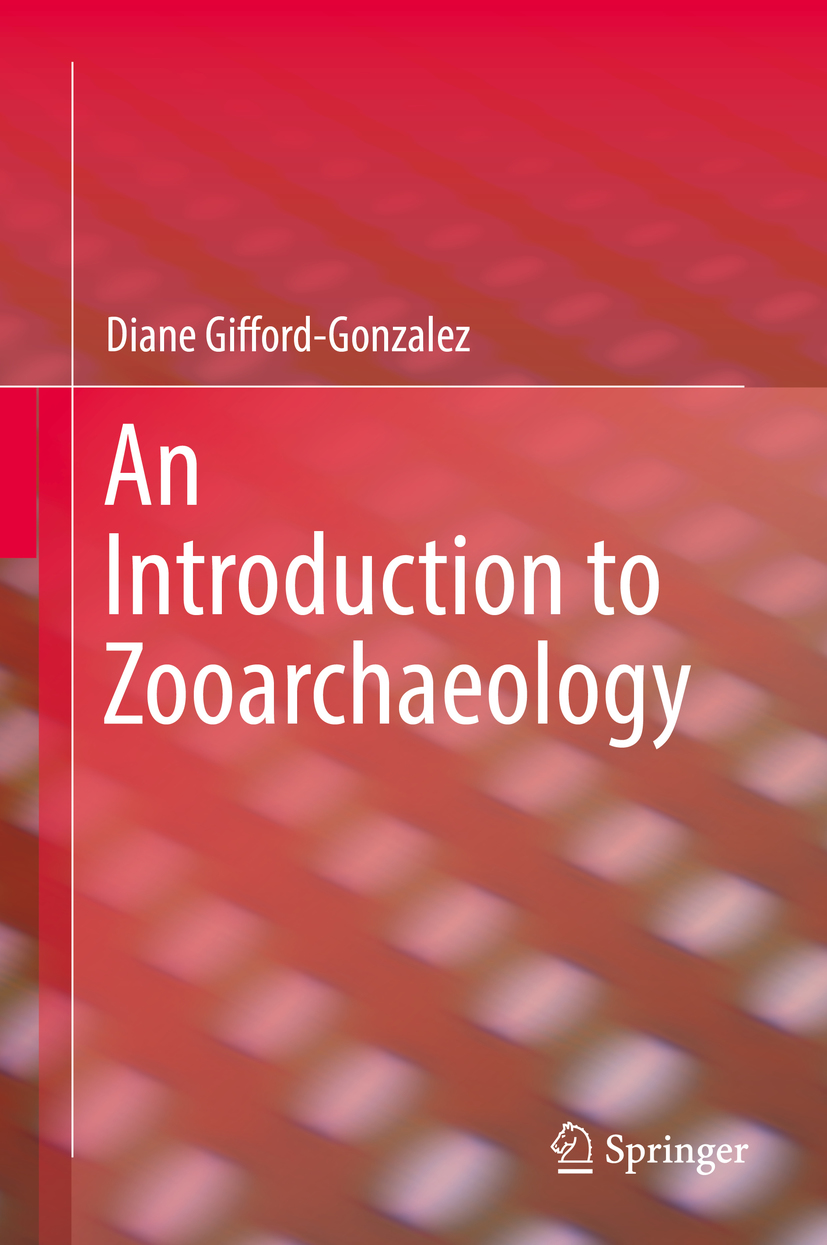

This Springer imprint is published by the registered company Springer International Publishing AG part of Springer Nature.
The registered company address is: Gewerbestrasse 11, 6330 Cham, Switzerland
To the Memory of My Parents
Gloria Mara Gonzlez
John Patric Gifford
One gratifying aspect of a life working in a relatively new field has been the mutual support that most colleagues have sustained with one another. Like other pioneers, most of us have found it more beneficial to share and occasionally work in teams than to hole up our own private forts, protecting our ideas and data. Sometimes gunplay broke out on the frontier, but a remarkable ability to not let intellectual differences ruin personal friendships has generally prevailed. I would not be writing this book were it not for a long history of influential conversations, arguments, inspirations, and advice from colleagues and former graduate students in the field. Beyond these have been shared reprints (when those were still fashionable), data, comments, unpublished texts, bibliographic citations, jokes, and basic human kindnesses offered by many colleagues. I want to specially acknowledge Mara Clara lvarez, Kay Behrensmeyer, Juan Bautista Belardi, Lew Binford, Rob Blumenschine, Cristie Boone, Florencia Borella, Lus Borrero, Joanne Bowen, Cheryl Claassen, Dinah Crader, Mara Cruz, Jon Driver, Rob Gargett, Don Grayson, Bryan Scott Hockett, Vicky Horwitz, Dave Huelsbeck, Anneke Janzen, Richard Klein, Karen Lupo, Lee Lyman, Fiona Marshall, Arek Marciniak, Curtis Marean, Jorge Martnez Moreno, Bernard Mbae, Willy Mengoni Goalons, Francisco Mena Larran, Mariana Mondini, Sebastian Muoz, James OConnell, Sandra Olsen, Sebastian Payne, Anne Pike-Tay, Dave Schmitt, Mary Stiner, Charlotte Sunseri, Jun Sunseri, Paola Villa, Gao Xing, and Tim White. I deeply thank my Argentine colleagues for their hospitality and their example of persisting as scholars through times of adversity.
Early drafts of some chapters were commented on by my University of California (UC) Santa Cruz colleagues, Shelly Errington, Carolyn Martin Shaw, and Anna Tsing. Others who read manuscript chapters and whose comments improved it include Rob Gargett, Alison Galloway, Jorge Martnez Moreno, James OConnell, and Michael Mehlman. Cristie Boone, Anneke Janzen, and Jude Todd thoroughly read and commented on drafts of the full manuscript. Lee Lyman reviewed the books penultimate draft with a master bibliographers scope, an editors discrimination, and a sharp eye for gratuitous error. Words can never express my gratitude for his advice, and the final product has benefited greatly from his advice. I alone am responsible for the errors and opinions of this work.
This book took me a very long time to produce, and I owe special thanks to successive editors. Bill Woodcock was a sensible coach, and the finished product owes much to his sage advice. I thank Teresa Krauss and Hana Nagdimov of Springer for their patience and helpful feedback.
Don Harris, formerly of the UC Santa Cruz Photography Department, took many superb black-and-white photographs for this volume. I am grateful to the following colleagues granted permission to reproduce published and unpublished figures: Peter Andrews, Kenneth S. Bader, Lee Berger, the Estate of Lewis Binford, Zbigniew Bochenski, Isabel Cceres, Thomas Caceci, Michael Campana, A. G. F. M (Saddh) Cuijpers, Manuel Domnguez-Rodrigo, Oldrich Fejfar, Yolanda Fernndez-Jalvo, Jack Fisher, Rob Gargett, Donald Grayson, Haskel Greenfield, Jarod Hutson, Miranda M. E. Jans, Yin Lam, Matthew Landt, Lee Lyman, Mariana Mondini, Eugne Morin, Chris OBrien, Sandra L. Olsen, Sebastian Payne, Anne Pike-Tay, Richard Potts, Elizabeth Reitz, Pat Shipman, Mary Stiner, Ylva Teldahl, Jessica Thompson, Jun Sunseri, Tim D. White, Marion Young, and Lauren Zephro.
Nearly all my teachers have passed into the realm of the ancestors, yet I am always mindful for their inspiration and support. With his enthusiasm for experimental and environmental archaeology, Desmond Clark encouraged my work with fauna and later was a discerning Africanist interlocutor. Clark Howells scholarly approach to human evolution and mammals was always an inspiration. Sherwood Washburn inspired me to become an anthropologist and taught me to view bones as functional elements of living animals. William A. Clemens, Jr., and J. T. Gregory introduced me to the rigors and marvels of vertebrate paleontology and were unfailingly supportive. My deepest debt is to my graduate advisor, Glynn Ll. Isaac, whose fine scientific intuitions and good fellowship kept me moving forward through my graduate years and early career. It grieves me that he cannot see how much this book owes to his mentorship, for he should still be among us.
Over the years, I have received research funding for laboratory and field projects that contributed to my view of zooarchaeological theory, method, and practice from a number of sources: the UC Santa Cruz Academic Senate Committee on Research, UC Santa Cruz Social Sciences Divisional Research Committee, National Science Foundation (Archaeology, Biological Anthropology, Research Opportunities for Women Programs), Fulbright Research and Specialist Programs, Committee on Scholarly Communication with the Peoples Republic of China, Leakey Foundation, Henry R. Luce Foundation, Wenner-Gren Foundation for Anthropological Research, and the British Institute in Eastern Africa.
My family has sustained me. My daughter Alanna Mara traveled with me to Africa, China, and elsewhere as a very little girl, providing humor and creativity while developing a good eye for bones and potential comparative specimens. I am deeply grateful for her unceasing love and sharp-eyed scouting for dead animals, an occupation that, as an adult, she has relinquished to me. My husband, Robert Takashi Yanagida, painstakingly checked this books many citations. I am deeply grateful for his generosity as well as our chance to work together.
Font size:
Interval:
Bookmark:
Similar books «An Introduction to Zooarchaeology»
Look at similar books to An Introduction to Zooarchaeology. We have selected literature similar in name and meaning in the hope of providing readers with more options to find new, interesting, not yet read works.
Discussion, reviews of the book An Introduction to Zooarchaeology and just readers' own opinions. Leave your comments, write what you think about the work, its meaning or the main characters. Specify what exactly you liked and what you didn't like, and why you think so.

